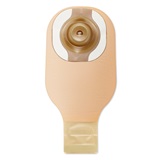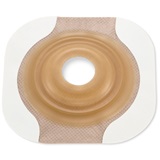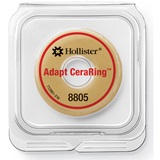Measuring Epidermal Effects of Ostomy Skin Barriers
Learn about the impact of ostomy skin barrier removal on peristomal skin.

Stoma care nurses often tell patients that the skin around their stoma should look and feel like the rest of the skin on their abdomen. However, the peristomal skin is at risk for skin breakdown. Medical adhesive-related skin injury (MARSI) can occur with skin barrier application and removal. The skin around the stoma can also experience peristomal moisture-associated skin damage (PMASD), infection, or a pressure injury.
Ostomy skin barriers are designed to hold pouching systems securely in place and protect the peristomal skin from stoma output. Hollister sponsored a study to compare the extent of skin trauma resulting from serially applying and removing two types of skin barriers – one infused with ceramide and one without. Ceramide is a natural component of human skin that helps decrease transepidemal water loss (TEWL) from damaged or eroded skin.
Click here to find the IFU(s) for the product(s) featured in this case study.
- 1 Shares
- 6 Recommended





 Call Us
Call Us  Email Us
Email Us  Join Us!
Join Us!  Sign Up
Sign Up 